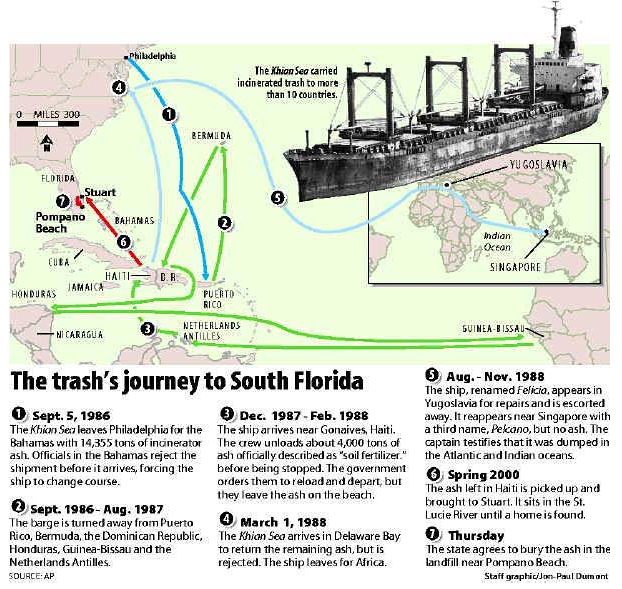Recycle your electronics right in your neighbourhood
Having read so many posts on responsible recycling practices, you might be thinking—okay, I’m on board! But where do I begin?
It’s simple. Ever seen one of these gigantic white boxes in your neighbourhood? You might not have noticed them previously, but they can be found all over Singapore.
Here’s a list of all the e-waste recycling collection points around Singapore (NEA, n.d.). You can also take a look at ALBA’s map on their website, which also includes a list of all their bin locations. Use these maps to locate your nearest collection point!

The e-waste collection point in NUS, located on the ground floor just outside the Central Library at FASS (Author’s own, 2022).
There’s also one located in NUS itself, if you prefer dropping off your electronics on your way to class. But remember to be careful with what you put into the bins, as not every bin is the same and certain bins only accept certain types of electronic products.

NEA’s rules regarding the type of e-waste accepted at the various types of collection points (NEA, n.d.).
The rules are pretty straightforward. 3-in-1 bins accept most products, such as all the different types of bigger ICT equipment like laptops and mobile phones. The 2-in-1 bins only accept batteries and bulbs or lamps. Batteries-only bins are, as the name suggests, strictly for batteries.
ALBA and the NEA have made it really easy and convenient to do your part in recycling your unwanted electronics. Next time you think about getting rid of that unwanted old laptop gathering dust in your room, why not give one of these e-waste collection points a try?
References
NEA. (n.d.). Where to Recycle E-Waste. Retrieved 10 April 2022, from https://www.nea.gov.sg/our-services/waste-management/3r-programmes-and-resources/e-waste-management/where-to-recycle-e-waste.




